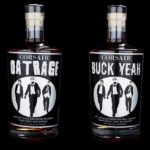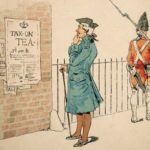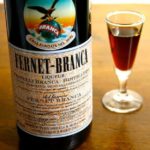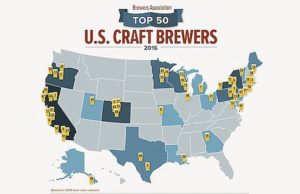How Limited Edition Whiskies Are Changing The Market For Super Premium Brown Spirits
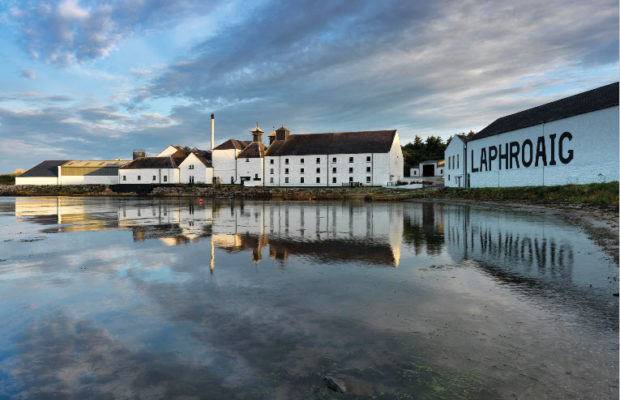
As sales of super premium whiskies continue to skyrocket, the demand for ever more limited edition bottlings continues to grow. This makes sense, as consumers, once convinced of the value of the highest-end examples within a particular category, tend to eventually begin seeking out more idiosyncratic expressions of it. This is just as much the case with whisky and whiskey as it is with watches, purses, and more.
According to the Distilled Spirits Council of the United States (DISCUS), revenue and volume are both up, between 2014 and 2015, for super premium bottlings of Scotch whisky, Irish whiskey, Canadian whisky, and Tennessee whisky and Bourbon. In fact, those categories have overall seen an upward trend for years now, which seems to reflect the maturing American market for high-end brown spirits.
“The growth in whiskey’s popularity in the last five years has created opportunities for niche products,” noted David M. Ozgo, Senior Vice President, Economic and Strategic Analysis for the Distilled Spirits Council. “Distillers have responded with a variety of offerings that include brands from the growing craft segment, new offerings from the world’s historic distilleries and limited edition expressions from historic brands. These new expressions allow the kinds of unique experiences that the modern consumer demands.”
Depending on the goals of the producer, limited edition whiskies can either be set apart from the core bottlings of the brand by an unusual age statement, a special mash bill, or barrel aging that is in some way different from the more classic bottlings it produces. Whatever differentiates it, the market seems to be thirsty for more and more each year.
“Premium and super premium whisky offerings continue to rise year over year, and are driving the strongest growth across spirits,” Simon Brooking, Master Ambassador at Laphroaig Single Malt Scotch Whisky, explained in an email. “More and more, we see consumers trading up, whether it’s within the portfolio of a brand they already know and love or seeking to discover something new. Super-premium whiskies that have rich heritage and authentic stories, such as Laphroaig, are particularly attractive to consumers, as are limited-time offerings that lend themselves to collecting,” including several from that totemic Islay brand.
Indeed, Laphroaig impressed me with its Cairdeas 2016 ($74.99), a limited edition whisky that was initially matured in ex-bourbon barrels prior to being transferred to ex-Madeira hogsheads. The result is a single malt of impressive character, with notes of orange pastry creme, warm honey, multigrain toast, spice, and licorice. I also haven’t been able to stop thinking about the Laphroaig 25 and 30 Year Old bottlings ($499.99 and $1,000, respectively). The 25 Year showed honeyed marcona almonds, vanilla, bonfire smoke, and nectarines; and the 30 Year was deeply complex with fresh mint, lemongrass, toasted fennel seed, caramel, hard pears, and more.
Special age-statement whiskies are perhaps the easiest for consumers to wrap their arms around. George Dickel, for example, the highly regarded Tennessee whisky producer, recently released a 17 Year Old, limited-edition bottling ($75 for a 375-ml bottle, and only available at the newly renovated distillery visitor’s center in Tullahoma, TN, and at certain retail outlets within the state). It differs from the core line of Dickel whiskies by its specific age statement; the rest of the standard bottlings from the producer don’t have age statements at all. I recently tasted it, and was impressed by its warm dulce de leche and spice aromas and powerful, spicy palate with hard pear and cedar flavors.
Ardbeg, which crafts excellent single malt Scotch whisky on Islay, released in October a highly limited edition of 100 cases of 21 Year Old whisky (approx. $390 upon release to Ardbeg Committee club members, and more elsewhere if you can find a bottle on the secondary market). It is a delicious dram bursting with notes of smoke, black pepper, and cream in the nose and orange clotted cream, cigar tobacco, and a hint of iodine on the palate. Ardbeg Global Brand Ambassador David Blackmore explained in an email that “limited edition bottlings—both with and without age statements—are increasingly in high demand as whisky aficionados look to discover new experiences and taste profiles. At Ardbeg, our Whisky Creation Team approach limited edition releases as an opportunity to push the boundaries of our craft and create something unique—whether through cask type or maturation process—all while respecting the provenance and heritage” of the brand, whose roots go back to 1815. He added, “Ardbeg enthusiasts are generally open to spending more on these limited edition expressions, as they recognize both their scarcity and what has gone into creating them.”
There are, of course, more—far too many to cover in their entirety. Glenkinchie released a 24 Year Old whisky (approx. $375). Bowmore will be releasing in December the final 50 out of a total 200 bottles of their 1961 50 Year Old whisky ($23,000, and it comes in a hand-blown bottle and arrives in a handmade Scottish elm cabinet). Speyburn, whose Arranta Casks ($40), a United States-only release that uses first-fill bourbon barrels—just 12,000 bottles were made—was named the Speyside Distillery of the Year 2016 at the New York Spirits Competition. I love its honeyed and floral nose and flavors of spice and candied lemon peel. Angels Envy’s 2016 Cask Strength bottling ($179.99) is a beautiful bourbon with generous notes of spiced toffee, cherries, and toasted coconut. On December 9th, Christie’s will be auctioning off a 34-bottle lot (including the original barrel) of Blade and Bow 24 Year Old bourbon from the legendary Stitzel-Weller Distillery in Kentucky. Proceeds from the sale of the whiskey, with a pre-auction estimate of $24,000 – $35,000, will be donated to the New York-based anti-poverty charity Robin Hood. The list of limited edition whiskies goes on.
And that’s the good news: Though many of these bottlings are extremely limited, and some are quite pricey, there is an increasing number of them, and at a range of price points, hitting the market. So if you can’t find one, chances are that another will be available. The potential for exploration is tremendous.

